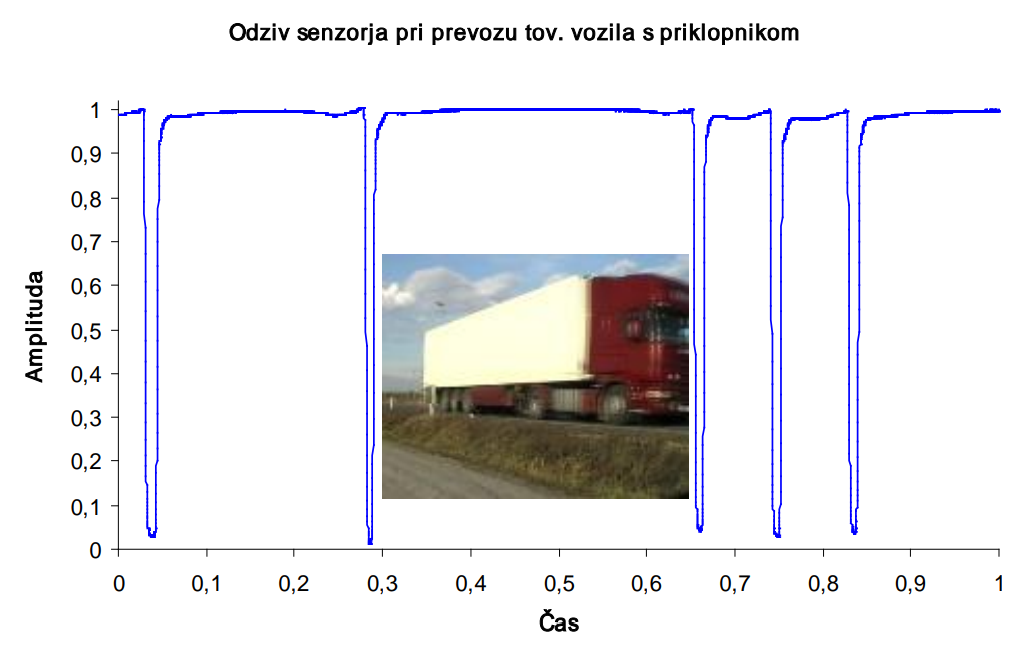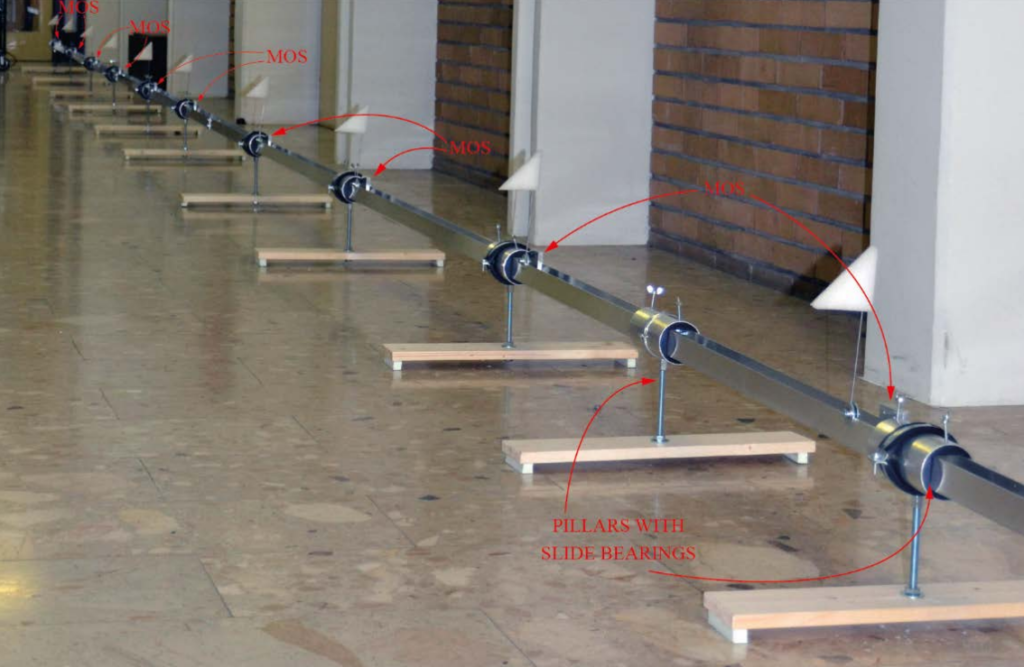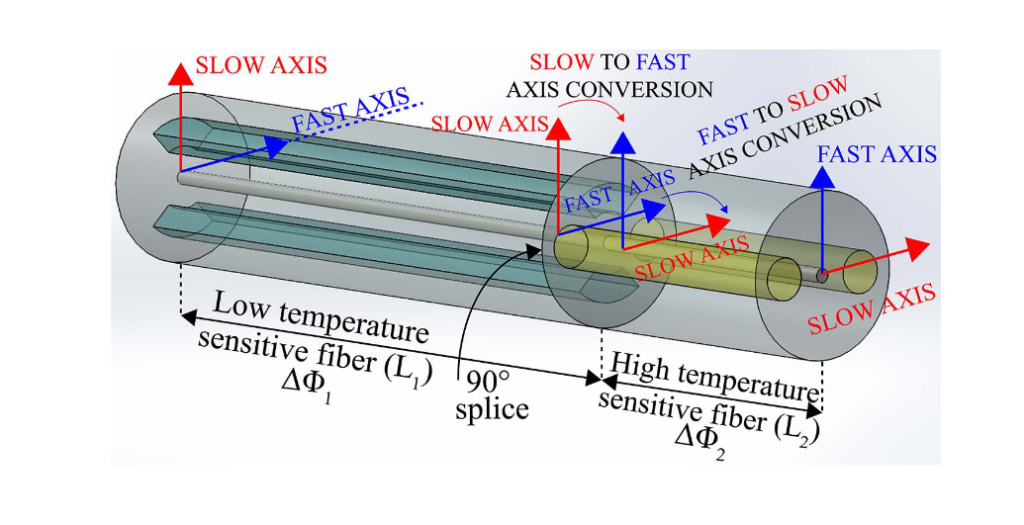
A system for accurate balancing and controlled unbalancing of the optical path difference in all-fiber optical interferometers is described. Interferometers with various arm lengths (1-30 m) and with initial optical path differences of as much as 1 cm have been Read More …









